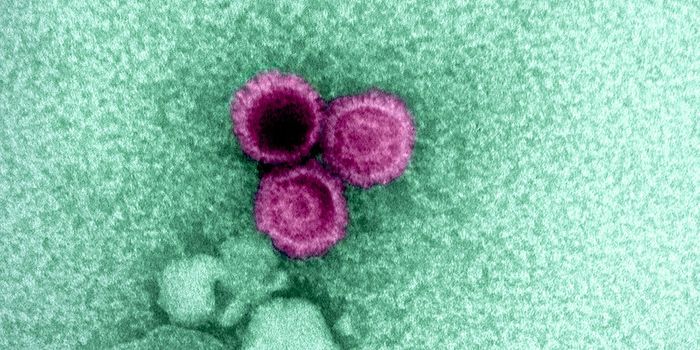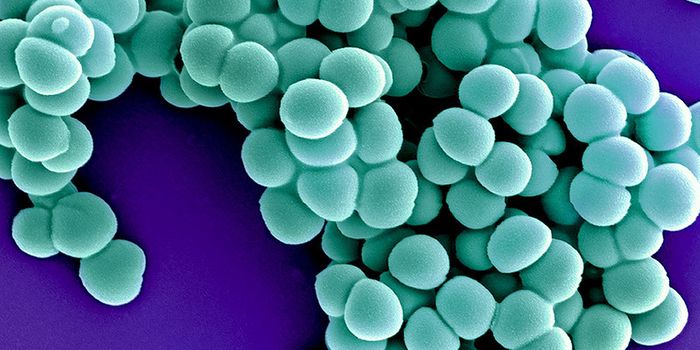Algae blooms occur because of run-off. When nutrients and fertilizers flood waterways, it creates ripe conditions for algae to flourish. Recently this problem has been rising, and industrialized nations are seeing the worst of it. These blooms can be accompanied by fish die-offs and can also cause respiratory distress in humans.
In Florida, an algae bloom is creating a crisis, as seen in the video above. While it’s not unusual for algae to grow in Lake Okeechobee, a bloom covering over 30 square miles developed there and after heavy rains, water managers released so much water that it migrated to the coast.
Man-made alterations to Florida’s waterways prevented the bloom from dispersing into the Everglades, and instead persisted, wreaking havoc on tourism, boating and fishing. A state of emergency has been declared in three counties on the Atlantic and one county on the Gulf coast.
There is still much debate surrounding the growth of algae blooms. The general principles are understood; it is known that land use like agriculture and animal feed lots have a direct contributing effect on algae blooms. Water stagnation is another promoting factor. But the specifics, like exactly what cocktails of nutrients are best for certain types of algae to thrive, are unknown.
Once a bloom has grown, there are both direct and indirect results. Toxicity is a serious, direct effect of algae blooms. Karenia brevis algae, commonly called red tide, appear to always be toxic after a particular density of cells is reached. The video above discusses a massive red tide problem that occured this year in Chile. Not all algae are toxic in and of themselves, however. Some algae are toxic indirectly, because blooms cause hypoxia.
Hypoxia - low levels of oxygen and in this case, a lack of dissolved oxygen in water - is a serious threat to marine life. When a bloom forms, it photosynthesizes oxygen that is dissolved in the water during the day. At night, the bloom consumes the dissolved oxygen in the water. When algae begin to die off, the dying microbes don’t photosynthesize much anymore. Bacteria start to metabolize the fresh supply of dead algae, and the available oxygen is used up in the process. Hypoxia can last anywhere from a few moments to a near permanent state.
That hypoxic state can ruin the environment for other fish. A study has shown that the populations of valuable fish can crash, dramatically altering the fish population, and the effects can last for decades.
Aside from Florida, Utah is now having its own algae problems. The video above discusses a toxic bloom that has recently formed there.
So what is to be done? In Florida’s case, restoration of water flow to the Everglades could be a huge help. Water circulation by water managers is also critical. In the U.S. Clean Water Act, the Total Maximum Daily Load program sets pollution limits for bodies of water and if followed, should lessen the nutrient runoff that fuels algal blooms. However, new blooms keep forming. Land use must also be monitored to help reduce what looks to be a long-term problem.
Sources:
The Conversation,
Journal of Marine Science








